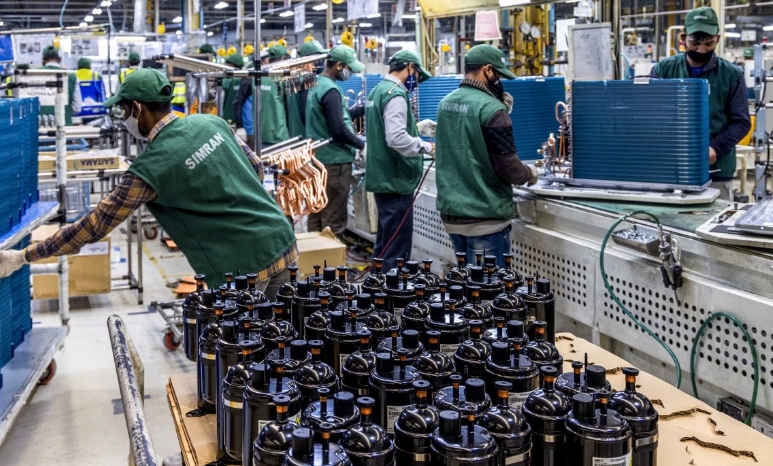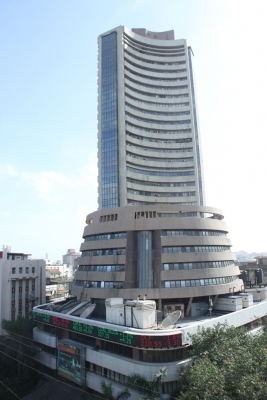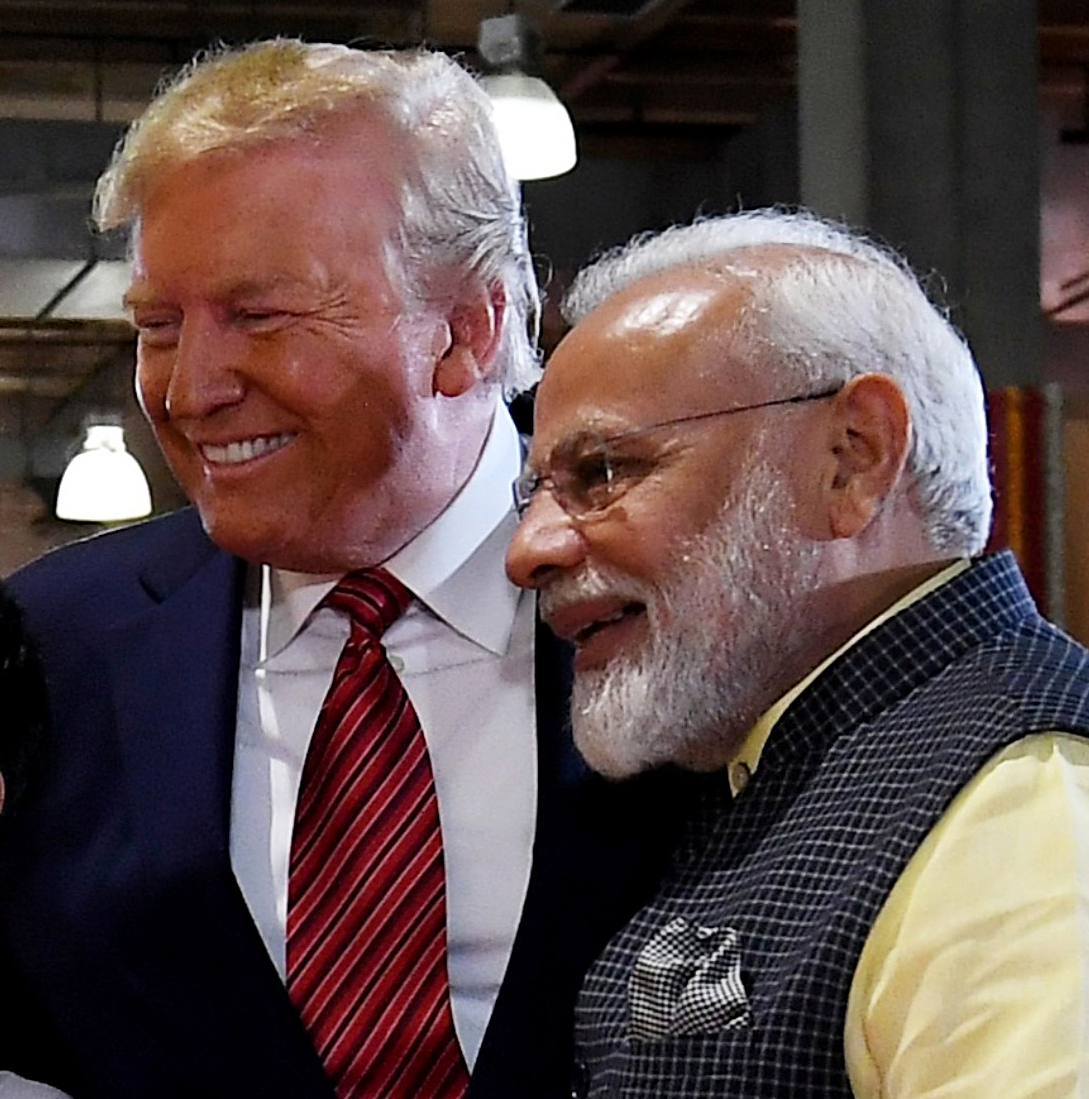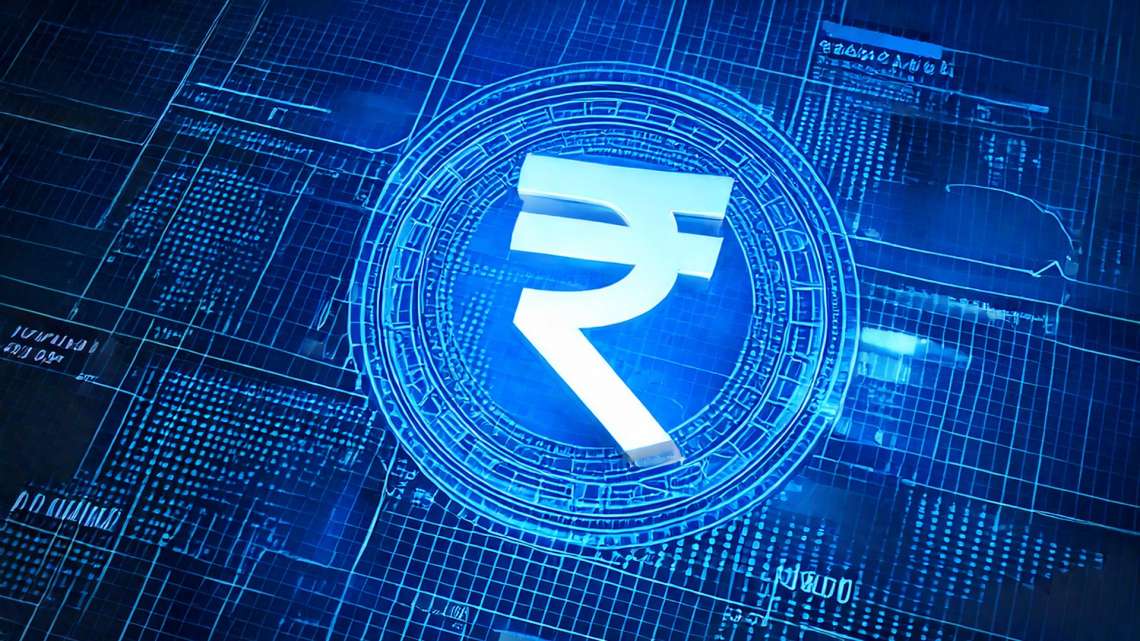With a consistent history of 10-12% USD CAGR over the last 10 & 20 years, India is now the 5th largest equity market & market cap will likely touch $10 trillon by 2030…writes Sanjeev Sharma
India’s market cap is currently the 5th largest globally (US $4.5 trillion) but its weight in global indices is still low at 1.6% (10th rank), foreign brokerage, Jefferies said in a report.
This should change as market free float rises and some weight anomalies get sorted out. Assuming market returns in line with the last 15-20 year history and new listings, India will become nearly a $10 trillion market by 2030 — impossible for large global investors to ignore, the report said.
With a consistent history of 10-12% USD CAGR over the last 10 & 20 years, India is now the 5th largest equity market & market cap will likely touch $10 trillon by 2030. Continued reforms should maintain India’s ‘fastest growing large economy’ status. Strong trend in domestic flows have reduced market volatility and decadal low foreign ownership offers valuation cushion. RoE-focused corporate sector with 167 companies more than $5 billion market cap leave ample choices to investors, Jefferies said.
Rising entrepreneurship/vibrant start-up ecosystem is driving innovation. 10 years of investment downcycle & risk aversion trend has now inverted with housing upcycle and corporate D/E ratio at an all-time low. India is home to 111 unicorns (market value $350 billion) making it the 3rd largest unicorn hub globally after US and China, the report said.
Govt’s focus on developing digital infrastructure, globally the cheapest data rates and the abundant homegrown talent pool have been the key drivers. India is now becoming a services exports hub. Services export (including remittances) now accounts for nearly $450 billion/year. Several large global organisations have 10-20% of their employees based in India including companies like JP Morgan, Intel, NTT etc. Superior digital infra, young & well educated human resources should drive this segment to keep growing, the report said.
RoE-focused corporate sector is a key positive for minority investors. Listed equity market is among the most diversified emerging markets. Strong institutional framework of regulators (SEBI, RBI), intermediaries (responsible asset managers) has helped develop a large domestic investor base. Sustainable investment habits give visibility of $50 billion/year flow into equities from domestic investors which will likely keep the valuations on the expensive side but also reduce market volatility, the report said.
India will be 3rd largest economy by 2027. Over the last 10 years, India’s GDP has grown by 7% CAGR in USD terms to $3.6 trillion – jumping from the 8th largest to the 5th largest economy. Over the next 4 years, India’s GDP will likely touch $5 trillion making it the 3rd largest economy by 2027, overtaking Japan and Germany, being the fastest growing large economy with the tailwinds of demographics (consistent labour supply), improving institutional strength and improvement in Governance.

Business Activity Peaks
The growth rate in India’s business activity accelerated to a 7-month high in February driven by a strong demand for both manufacturing and services, according to a private economic survey released on Thursday.
HSBC’s flash India Composite Purchasing Managers’ Index (PMI), compiled by S&P Global, rose to 61.5 this month from 61.2 in January, which is above the 50-mark that separates expansion from contraction for the 31st consecutive month.
“The pace of acceleration in the output of India’s manufacturers and service providers, combined, was at a 7-month high in February. Encouragingly, new export orders rose sharply, particularly for goods producers,” said Pranjul Bhandari, chief India economist at HSBC.
The manufacturing PMI for February rose to 56.7 from last month’s 56.5, its highest since September, and the preliminary services PMI rose to 62.0 from 61.8 in January to reach its highest level in the last 7 months.
Overall international orders increased at the fastest pace since September.
The survey is in tune with the RBI bulletin released on Tuesday which states that the Indian economy continues to sustain the momentum achieved in the first half of 2023-24 and a fresh round of capital expenditure by the corporate sector is expected to fuel the next leg of growth.
Consumer confidence strengthened further in January 2024, driven especially by optimism about the general economic situation and employment conditions, as per the RBI’s latest survey of households. Various enterprise surveys also point towards strong business optimism, the RBI bulletin points out.
It also states that high frequency indicators point towards sustained strength in demand conditions in the economy during January 2024. E-way bills grew by 13.2 per cent in December 2023. Toll collections expanded by 15.5 per cent year-on-year in January 2024, although they sequentially moderated from a record in the previous month.
Automobile sales had registered an expansion of 23.3 per cent year-on-year in January with two wheeler sales recording double digit growth. Retail tractor sales recorded a seven-month high growth at 21.2 per cent year-on-year in January 2024. Vehicle registrations recorded strong year-on-year growth.
ALSO READ: Amazon Unveils ‘Bazaar’













